Amsterdam, Netherlands
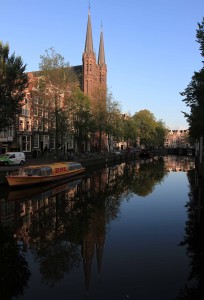
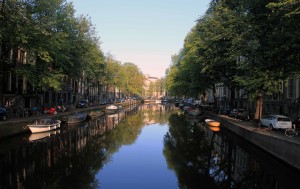
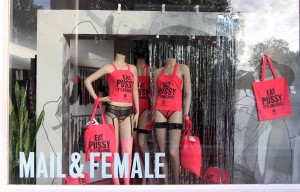
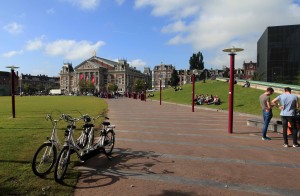

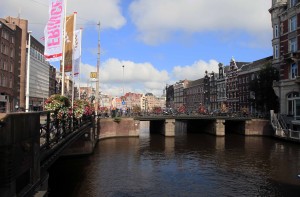
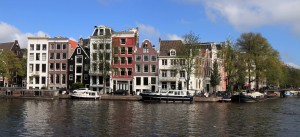
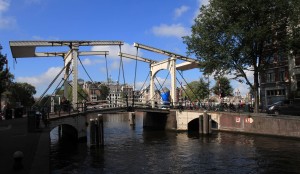
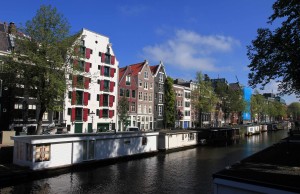
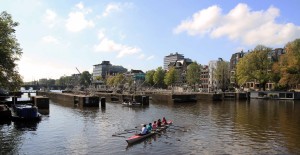
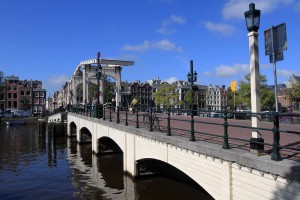
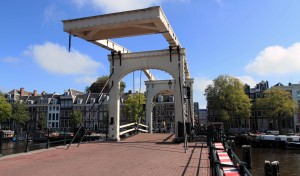
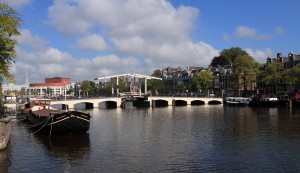
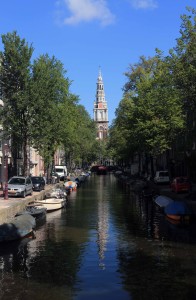
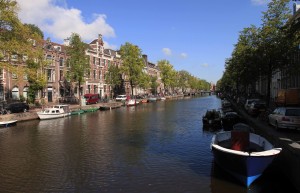
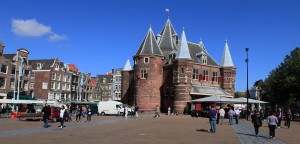
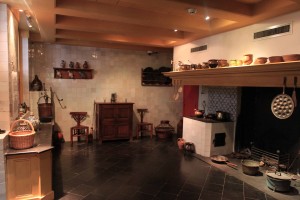
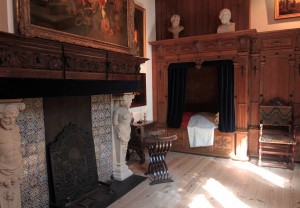
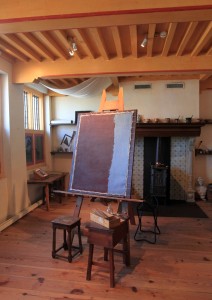
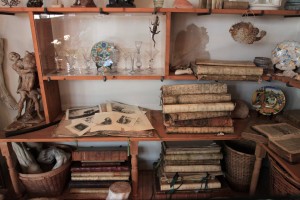
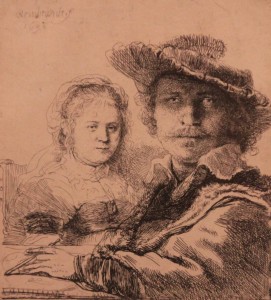
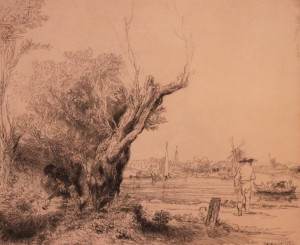
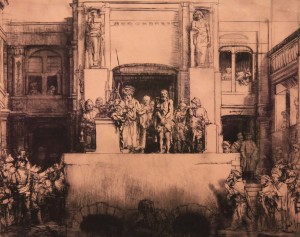
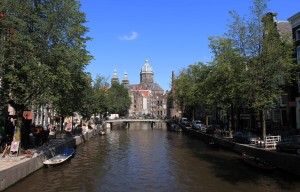
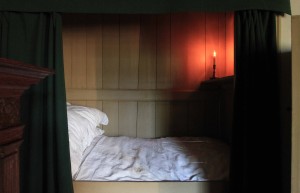
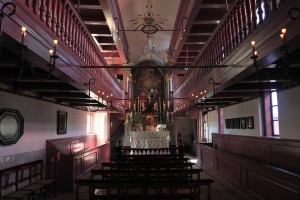
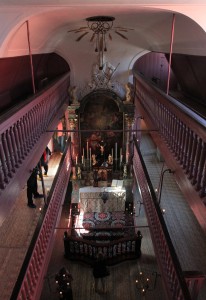
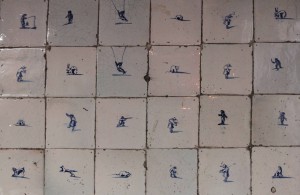
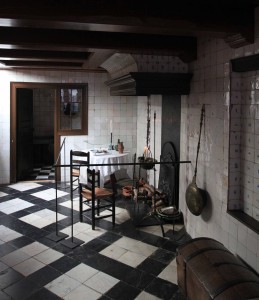
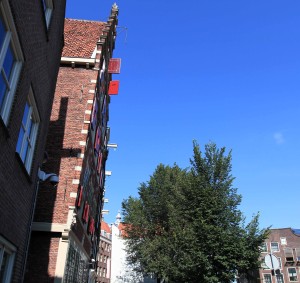
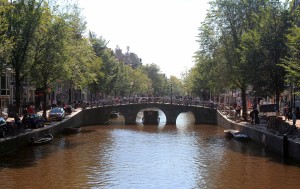
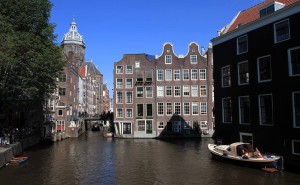
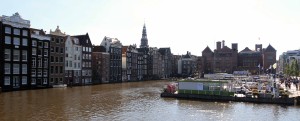
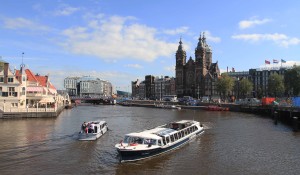
I woke up early today (around 07:30) in order to make it to the Vincent van Gogh Museum before it opened and before it developed painfully long queries to stand in. So, I showered, dressed, got ready (with camera and tripod), and exited the hostel. I then walked determinedly southward, to the museum, reaching it by 08:30 (roughly). Next, I waited, in line (there were about forty people there already), for the ticket tellers to open. At 09:00, the tickets went on sale and the museum opened. Soon I had my ticket and I entered inside the museum, where I received my audio tour guide. Unfortunately, no photographs were allowed inside, so I’ll have to be content with my faulty memory (speaking of which, that’s the primary reason why I’ve taken so many photographs and written all these journal logs and assembled them together on this website; this way, when I’m eighty and losing my memory, I’ll be able to look back on this digital diary and see all that I did – or at least all that I wasn’t ashamed to include on this most public exhibition). Anyway, I covered every meter of the museum and viewed all the paintings on display (such as: ‘The Potato Eaters’, ‘Sunflowers’, several self-portraits, ‘Almond Blossoms’, ‘Skull of a Skeleton with Burning Cigarette’, ‘The Yellow House’, and ‘Wheatfield with Crows’). I know it’s clichéd to name van Gogh as one of your favorite artists, but I really do like his work. Also, I believe there is more value in seeing van Gogh’s paintings in person than there is for most other artists’ paintings; the reason for this is his technique – the way he layers on the paint in thick strokes, it gives the painting a physical depth (a third-dimension even) that creates a mood and dynamism that many other paintings lack. Most paintings are simply wonderful because of their use of colors, composition, theme, and masterful detail; however, these attributes can all be appreciated from a highly-quality reproduction. To place my thoughts in other words: one can view many, if not most, masterpieces on the internet and study them in minute detail; however, certain paintings can only be truly appreciated in person; van Gogh’s works fall in the latter category. After completing my visit to the Vincent van Gogh Museum, I walked through the museum promenade outside, looked upon the concert hall, turned northward, passed by some outstanding buildings, as well as numerous canals and bridges, and made my way to the Magere Brug (also known as the “Skinny Bridge”) over the Amstel River. The Skinny Bridge was originally built in 1691 AD and is named such on account of being unusually narrow; the present incarnation of the bridge was built in 1934 AD. I then walked to the Rembrandt House Museum, which is the home where the famous painter lived and worked between 1639 and 1656 AD. Upon reaching the Rembrandt House, I bought my ticket, received my audio guide, and then toured the premises. The interior of the house has been reconstructed to show how the painter likely lived based on whatever available history, and therefore contains few actual artifacts that belonged to the painter. There was one room in the museum that had quite a few original prints made from etchings created by Rembrandt. After touring the house, I exited the structure and walked on through the streets of Amsterdam. My next stop was the Our Lord in the Attic Church; this was a unique attraction and somewhat unknown by most tourists (despite it being the second oldest museum in the city, right behind the Rijksmuseum). Our Lord in the Attic Church (“Ons’ Lieve Heer op Solder” in Dutch speak) is a Catholic Church that was built in the top-three floors of a canal house in the 1660s due to the persecution of Catholics by the Dutch Reformed Church at that time. Since these Dutch Protestants forbade the Catholics from worshipping in public, the Catholics and other religious dissenters from that period had to hide their churches; as a result, several clandestine churches (or “schuilkerk”) sprang up. Upon reaching the Our Lord in the Attic Church, I bought my ticket and received my audio guide in a separate, adjacent house. I then entered into the canal house containing the Our Lord in the Attic Church and walked through the various rooms (bedrooms, living rooms, and such), before reaching the church on the topmost floors. I walked around the three levels of the church and took many pictures before descending a second staircase and finishing my tour of the canal house in a kitchen that looks like it belongs in a Vermeer painting. After returning my audio guide and exiting the canal house, I passed through the De Wallen red-light district again on my way to the railway station (ironically, the church is located very near to the red light district). After reaching the railway station, I bought a train ticket for tomorrow morning, to Berlin. I then returned to the hostel and put away my camera and tripod. Next, I exited the hostel and returned to the spa I was at two-days before (there was nothing else in the city that interested me and I decided to use the remainder of my last day in Amsterdam to enjoy myself – I suppose I could’ve visited the Sex Museum, but it didn’t interest me much). I entered in to the spa, paid the fee, changed in to my nothingness, and ran the gauntlet: cycling through the cold showers, the burning hot sauna, the cold water pool, the hot steam room, the cool outside (there was a lounging area in a small inner courtyard I was able to stand or sit in and drip dry – without too much fear of people in the towering apartments nearby being able to spy, photograph, and distribute images of my not-so aesthetically pleasing naked body), and a second, much more bearable sauna. I also enjoyed the foot baths – very nice after a long day of walking. I stayed at the spa until just after 22:00. I then entered the cool night, which made me feel even livelier after the experiencing the cycle of hot and cold in the spa. I walked to a Mexican restaurant and had a late dinner consisting of a salad, beer, and a burrito filled with diced rump steak, beans, and rice (having spent more years than I care to admit in El Paso, I’ve grown accustomed to real Mexican food; this restaurant, being in the Netherlands, obviously fell below what I’d call “great Mexican” food, but it was a valiant effort and I was satisfied. After dinner, I decided to return to the De Wallen red-light district since I had never actually seen it at nighttime (before it was always late afternoon or evening times). I walked up and down the red light district, which was much more crowded and lively now that Father Sol has set. I did see one drop dead gorgeous prostitute behind one of the windows; she was in her underwear, had dirty blonde hair, and was even wearing glasses (which probably set her above the rest in my mind: glasses=intelligence, duh!); if I was okay with supporting and condoning that sort of lifestyle, I probably would’ve chose her for an hour or two; as it was, she was tempting, but not tempting enough. After getting a taste of the red-light district at night, I returned to the hostel and went to sleep after midnight, ready to leave for Berlin early in the morning.
